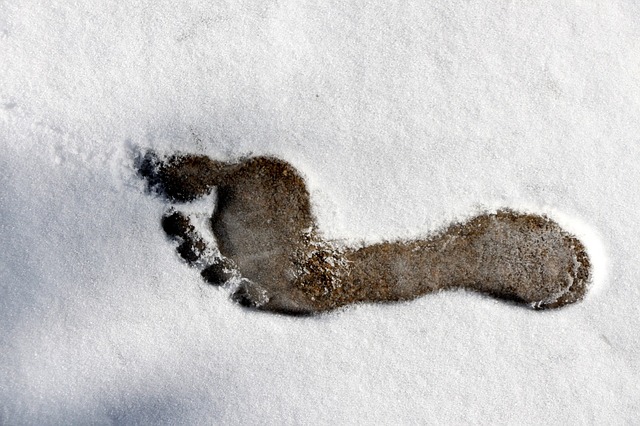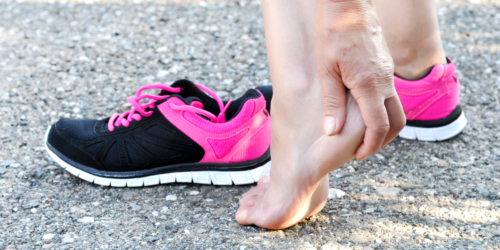 This week saw Long Island and the New York Metro area get hit with our first blast of truly arctic temperatures. After getting through last winters regular visits from the Polar Vortex, we have all learned that dealing with extreme cold can be done but for people suffering from diabetes, extra care is needed when dealing with frigid temperatures.
This week saw Long Island and the New York Metro area get hit with our first blast of truly arctic temperatures. After getting through last winters regular visits from the Polar Vortex, we have all learned that dealing with extreme cold can be done but for people suffering from diabetes, extra care is needed when dealing with frigid temperatures.
Those suffering from diabetic foot neuropathy will often be confronted with the issue of how to keep feet warm in winter and also how to properly warm them up after extended time outdoors. While opinions vary on what are the best ways to accomplish these goals, here are eight tips that will help you survive the cold weather this winter and beyond:
- Proper footwear: Boots and shoes should have a rounded toe box that allows the toes to wriggle comfortably. At the same time, footwear should fit properly so that the foot is secure. Choose leather and suede over synthetic material since natural materials allow air circulation to the foot. Boots and shoes should provide sufficient warmth since diabetic neuropathy may prevent the person from realizing that their feet are becoming cold. Country Foot Care has an on-site Medical Shoe Store that can help you get the right shoes and accessories for your needs.
- Socks: Wear thick, breathable socks that wick away moisture. While there are a variety of thermal socks on the market, it is always best to use socks designed for people suffering from diabetes as these also do not have an inner seam that can rub on the feet and cause irritation and other problems.
- Check your feet: Inspect your feet daily for swelling, heel cracks, dryness, open sores, cuts, bruises, blisters, corns, calluses. Check for peeling and dampness between the toes since this is a symptom of athlete’s foot. Use a hand-held mirror to check the soles of the feet.
- Keep feet dry: Feet that are allowed to remain damp may develop fungal and bacterial infections. Dry your feet thoroughly after bathing or after becoming wet from exposure. Pay particular attention to drying the area between the toes since this is where athlete’s foot infections most commonly develop.
- Foot soaks: Soaking the feet should only be done occasionally with ten minutes being the maximum amount of time your feet should be submerges. A water temperature of 90 degrees Fahrenheit is best to warm the feet without causing burns. And as in the previous tip, be sure to completely dry your feet immediately after soaking and then be sure to moisturize your feet immediately after soaking your feet and properly drying them.
- Regularly moisturizing feet: During the winter months, it is advisable to use an extra emollient moisturizer on the feet. Keeping the feet moisturized prevents heel cracks and fissures that are painful and are prone to infection. Avoid moisturizing between toes since added moisture encourages bacterial and fungal skin infections. Country Foot Care offers a wide variety of foot care products including moisturizers that will meet the specific needs of diabetics and all looking to maintain optimal foot health
- Nail care: Have your nails properly clipped and filed is not only a good idea in cold weather months but all year round. Having a podiatrist care for your nails regularly is recommended. If you are going to trim your nails yourself, it is best to clip nails straight across rather than following the contour of the nail. If your nails are thickened and/or discolored, it is possible you could have a fungal nail situation and you should seek out a podiatrist to examine and diagnose the situation. Country Foot Care offers state-of-the-art Laser Nail treatment for Fungal Nail.
- Do not use Heated massagers, hot water bottles or heating pads: Neuropathy prevents those suffering diabetes from properly feeling hot temperatures on their feet, raising the risk of burns occurring. For this reason, the use of heated foot massagers, heat pads and hot water bottles is imperative.
Regardless of if it is you, a family member or friend who is suffering from diabetes, proper foot care is imperative starting with a complete foot exam performed by a certified podiatrist. Country Foot Care offers state-of-the-art podiatric care with good, old-fashioned caring and invites you to make an appointment so you can experience the Country Foot Care difference!



